Tabla de contenido
When running, we perform repetitive movements with various body parts or areas. The way we move is essential for good running form. Bob Glover highlights the movement of the arms and the stride and stresses their importance in saving energy during the race.
This article will focus on the stride and its importance for better running.
The stride is defined as the step or the measure of the step that the runner or athlete takes. Its importance is fundamental since the speed when running is equivalent to the length of the step and the frequency of it.
How do you improve your running stride?
The first step to improving your stride is observing your current work. A suitable method is to record and visualize the phases of the stride, which are support (the moment from landing to takeoff) and flight (recovery). We should try to spend the same amount of time on both phases. Ideally, the foot should land more or less directly under the hips. At this point, consulting a sports trainer and doing track work helps a lot.
Another important aspect and a frequent question from runners is the stride length.
If you take very long strides, you will force your feet to land with the front part, not the heels. Likewise, you will be making an additional effort that will end up exhausting you. Very short strides will not be of much help either. As you do more mileage, your body will look for a comfortable stride. Posture and arm movement can be improved by running on the track or in a gym in front of a mirror. You can also enhance stride length by increasing back leg swing and range of motion.
The last thing to consider is optimal stride frequency or cadence. Low frequency and slow speed can contribute to injury.
We must focus on taking quick, smooth steps to improve the stride rate. Initially, decreasing stride length may be necessary to speed up cadence.
Elite runners tend to run more efficiently because they have less vertical displacement (how high the runner rises with each step), less overstride (extension of the step), and less foot contact time on the ground (which reduces braking). They also have a faster stride rate and greater control over stride length.
Exercises to improve your stride when running
We suggest you do these exercises:
Strides and coordination runs
The strides and coordination runs are essential after a series of running training exercises to put the individual puzzle pieces or exercises together and perform them as a whole. In the strides, you start slowly and continuously increase the pace until you are almost at sprinting speed. An acceleration run is about 80-120m long. The focus is on clean execution.
Knee lift-hopper run
In addition to rhythm, this somewhat unique exercise trains your running technique and requires a great deal of strength and stability. Keep your knee up and, with the other leg straight, make 2 or 3 hops forward before quickly switching legs. Try to stay straight and upright in your body the whole time. That way, you work on your hip position. Try to make the switch from left to right as fast as possible.
Butt kicks variations
The butt kicks exercise is familiar to most runners. Judith here shows minor variations of it. Butt kicks with 2x right, 2x left, and 3x right, 3x left. With butt kicks, the movement must be executed at a relatively high speed. The foot should be pulled up beneath the buttocks, not behind them. Have fun!
Coordination at running.COACH
In your running, COACH training schedule: Some exercises will be suggested on predefined days and displayed as training videos. That way, you are provided with ideas and clear instructions for strength, foot gymnastics, relaxation, or stretching exercises for your training.
Those who the arguments have not yet been convinced of an economizing of the running style and injury prevention should, at the latest, let themselves be persuaded by the following: It makes your running look better! When was the last time you asked yourself who this worn and slumped creature with your starting number on their chest is supposed to be on your finisher photo? Right? Told you… 😉 So, let’s go, have fun trying it out!
Create with running.COACH a customized and dynamic running training plan that optimally prepares you for your running goals based on your current fitness level. Try running.COACH for free for two weeks after your first login!
Looking for a plan that trains with you, not against you?
At running.COACH, we don’t just build a schedule. We create a smart, living plan that evolves with you. It understands your level, your race goals and your real life. Whether you sync your GPS watch or train straight from our iOS or Android app, your plan adjusts automatically as you improve.
From day one, you’ll feel the difference:
- A fully personalized, dynamic plan designed for you.
- Automatic sync and effortless workout tracking.
- Real-time updates when life happens, including missed sessions, new races or schedule changes.
- Simple, science-backed guidance to train smarter and recover faster.
🎁 Start today and enjoy your first 30 days free.
Because the best training plan isn’t one you follow. It’s one that follows you.app.
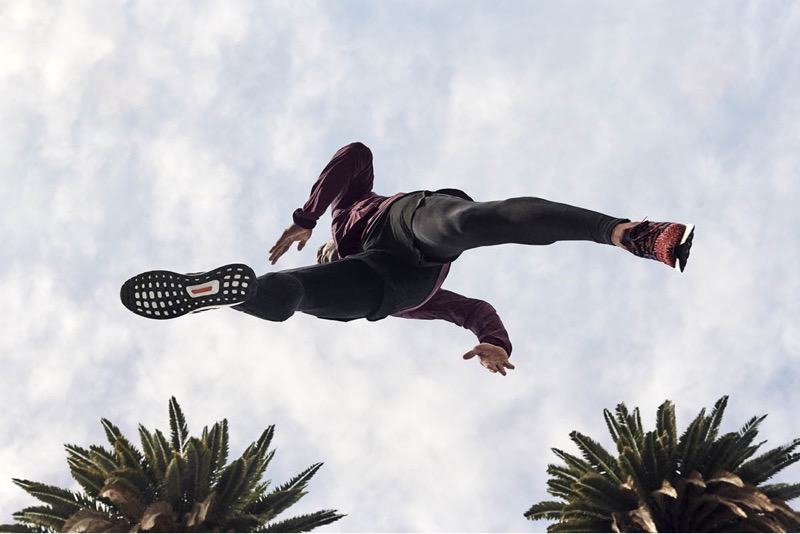
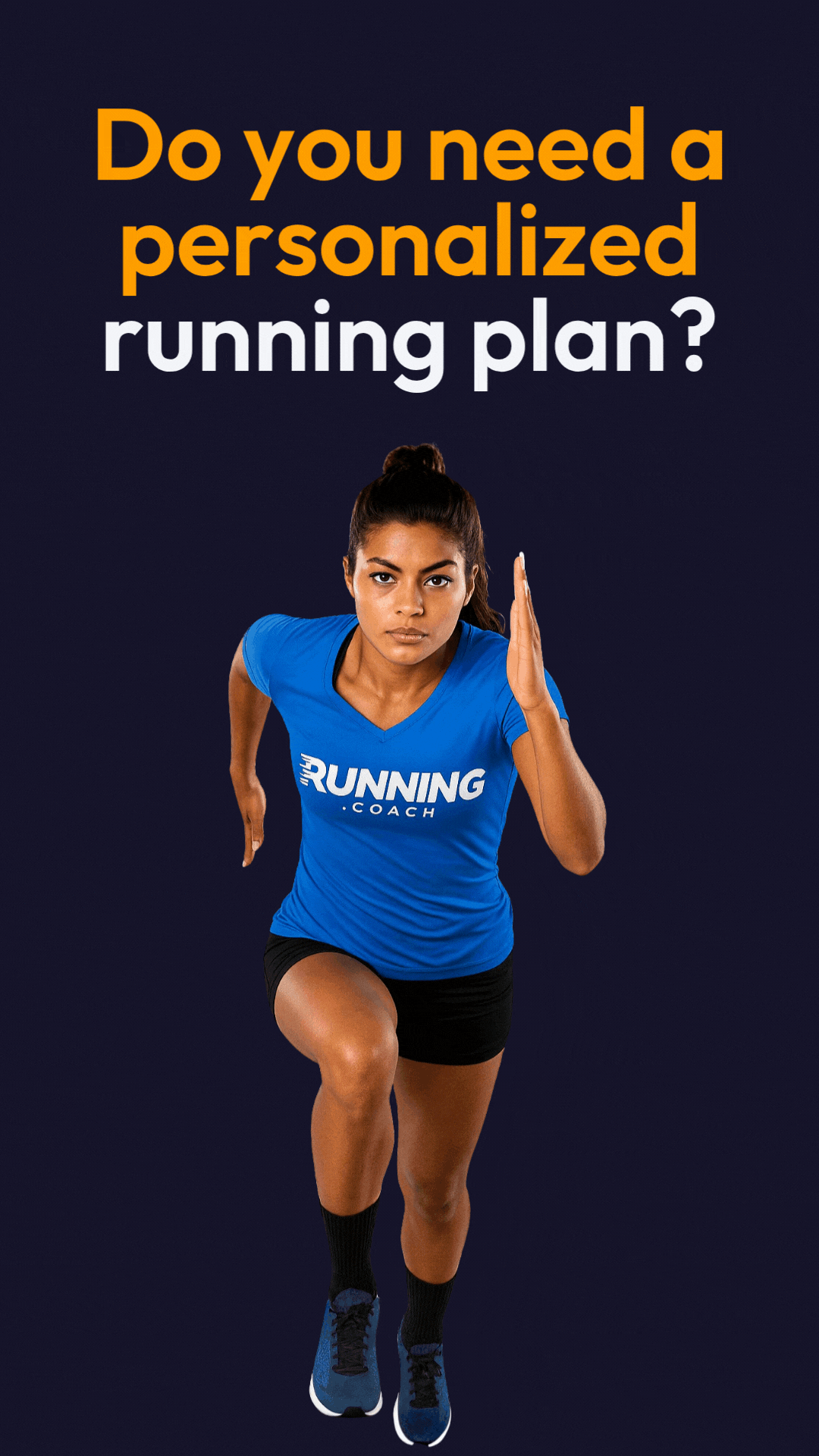

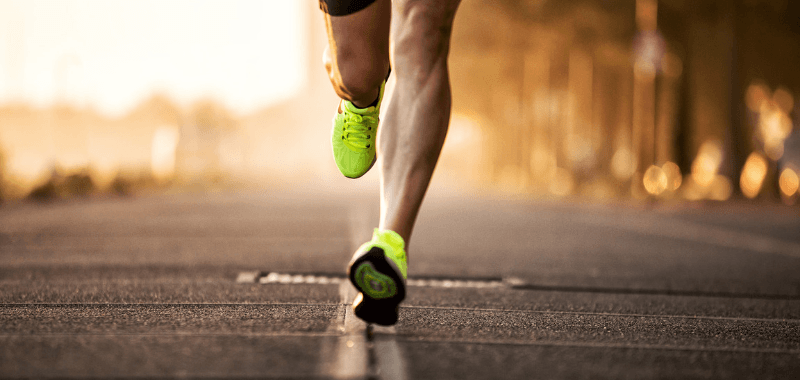
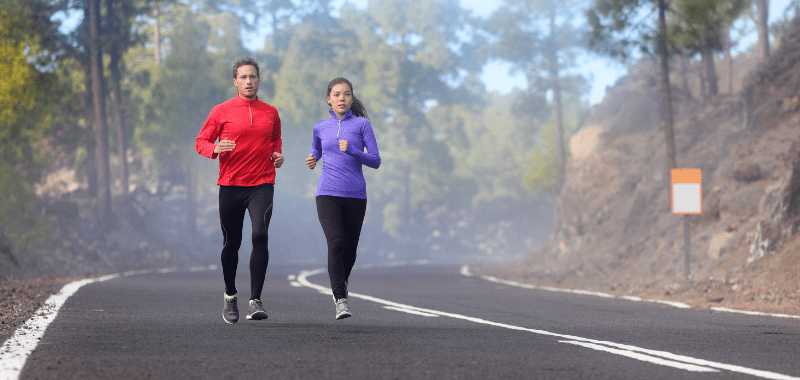
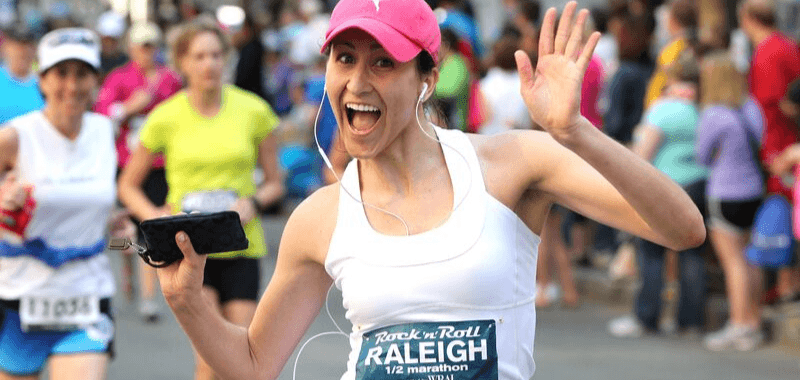
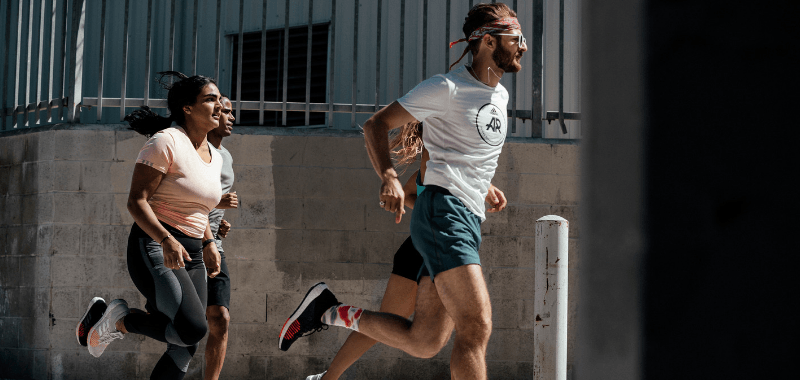
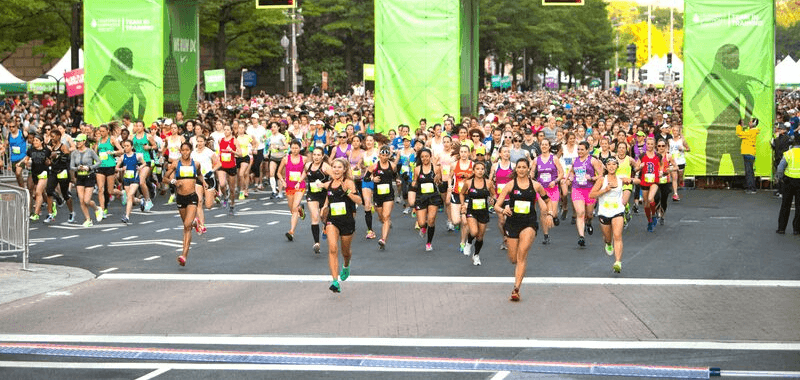


0 Comments